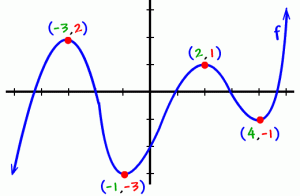 A function F is called the antiderivarive of the function f on the interval [a, b] if, at all points of the interval f(x)=F(x)
A function F is called the antiderivarive of the function f on the interval [a, b] if, at all points of the interval f(x)=F(x)
For example,
The antiderivative of the function f(x) =x^2 is x^3/3, as (x^3/3)’=x^2. The functions x^3/3-2 and x^3/3 +1 are also anti derivatives of f(x) =x^2. In fact, x^3/3+C, where C is an arbitrary constant, is the antiderivative of x^2. So if a function possesses an antiderivative F(x), then it possesses infinitely many antiderivatives, all of them being contained in the expression F(x) +C, where C is a constant.
If the function F(x) is an antiderivative of f(x), then the expression F(x) +C is called the indefinite integral of the function f(x) and is denoted by the symbol ∫ f(x) dx. Thus, by definition, ∫ f(x) dx= F(x) +C, If F’(x) =f(x). If a function f(x) is continuous on an interval [a, b], then this function has an antiderivative. The process of finding the antiderivative of a function f(x) is called integration. Two different integrals of a function differ by a constant.
